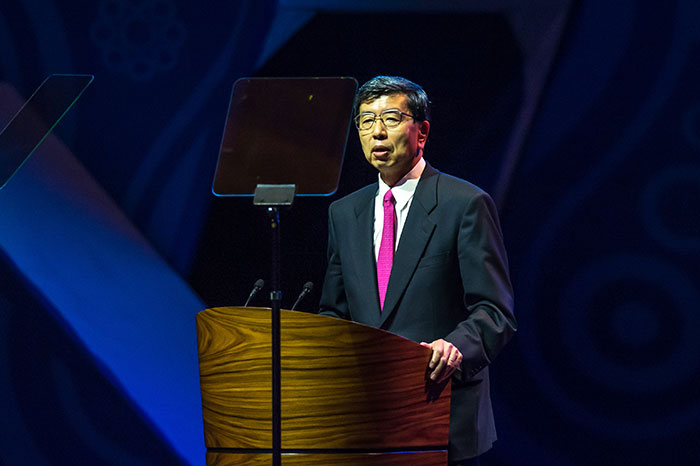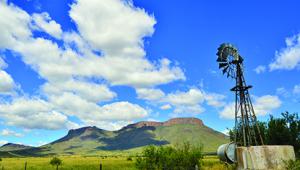web_takehiko-nakao_asiandevelopmentbank_17177907528_26a4bd2792_o.jpg

Asian Development Bank president Takehiko Nakao. Credit: ADB
In his opening speech at the ADB’s annual meeting in Germany yesterday, Nakao highlighted these three priority areas in particular, but noted sound economic policy, infrastructure investments, human capital and technology would also be crucial for the region to fulfil its full growth potential.
He said that overall Asia’s long term growth potential is strong, and the region could account for one half of global gross domestic product by 2050. But he added there is still much scope to catch up with advanced economies.
One key challenge will be creating quality jobs so that those countries with a burgeoning youth population can reap the dividends of this demography.
“Jobs empower people and reduce poverty in the most fundamental way,” he said. “Employment opportunities, especially for our youth, are essential to make the economy vibrant and promote social stability.”
The United Nations Development Programme recently warned that Asian nations risk dire consequences if they don’t manage their rapidly transforming demographics.
In some countries this means providing jobs and opportunity for about-to-boom youth populations, in others it means designing sustainable pensions systems as the working-age population shrinks.
Nakao added governments should work to ensure a safe and decent work environment.
The second “basis for Asia’s vibrant future” will be promoting the private sector, which he said will be the engine of growth, drive innovation, and create opportunities.
Taking “urgent” action to meet the challenges presented by climate change will be crucial to ensuring development is sustainable, he continued.
The region is one of the worst-affected by climate change, with extreme weather events increasing in severity and frequency, some low lying islands threatening to sink completely, and much of the population’s livelihoods at risk to shocks.
“When the ADB was established 50 years ago, Asia was poor, and one of the most important challenges was how to feed the growing population,” Nakao said.
“Asia has achieved a lot since then. Yet many challenges remain.”













